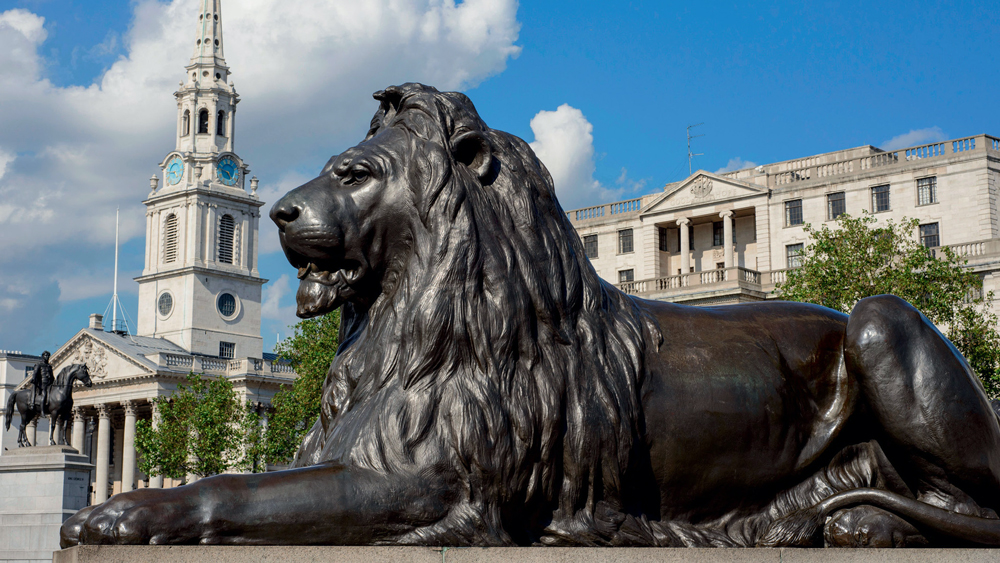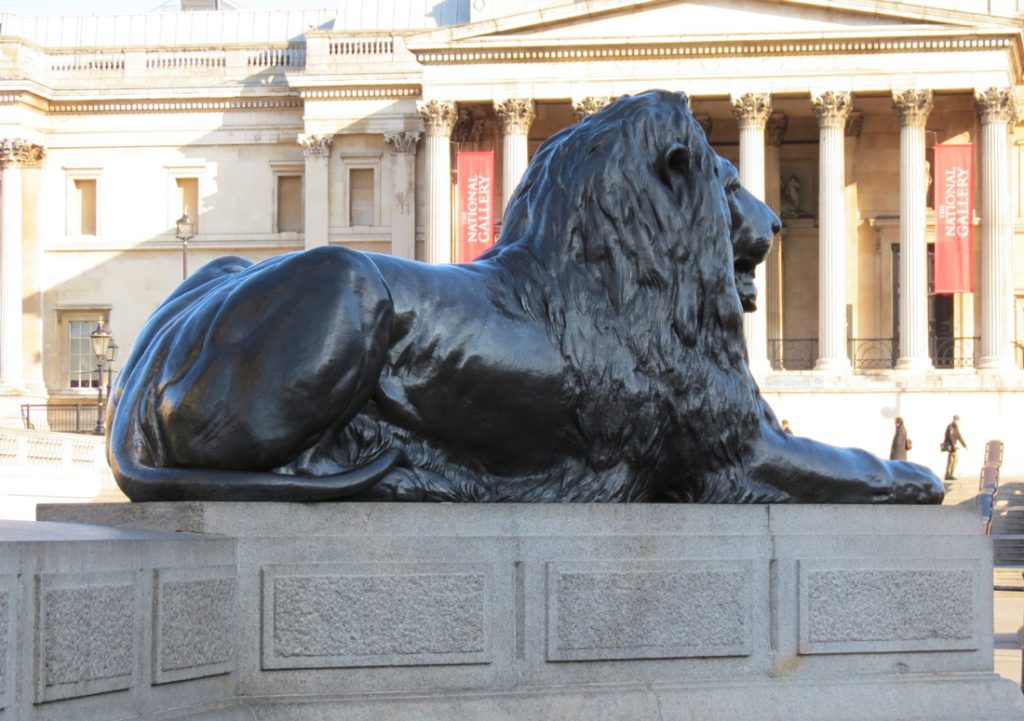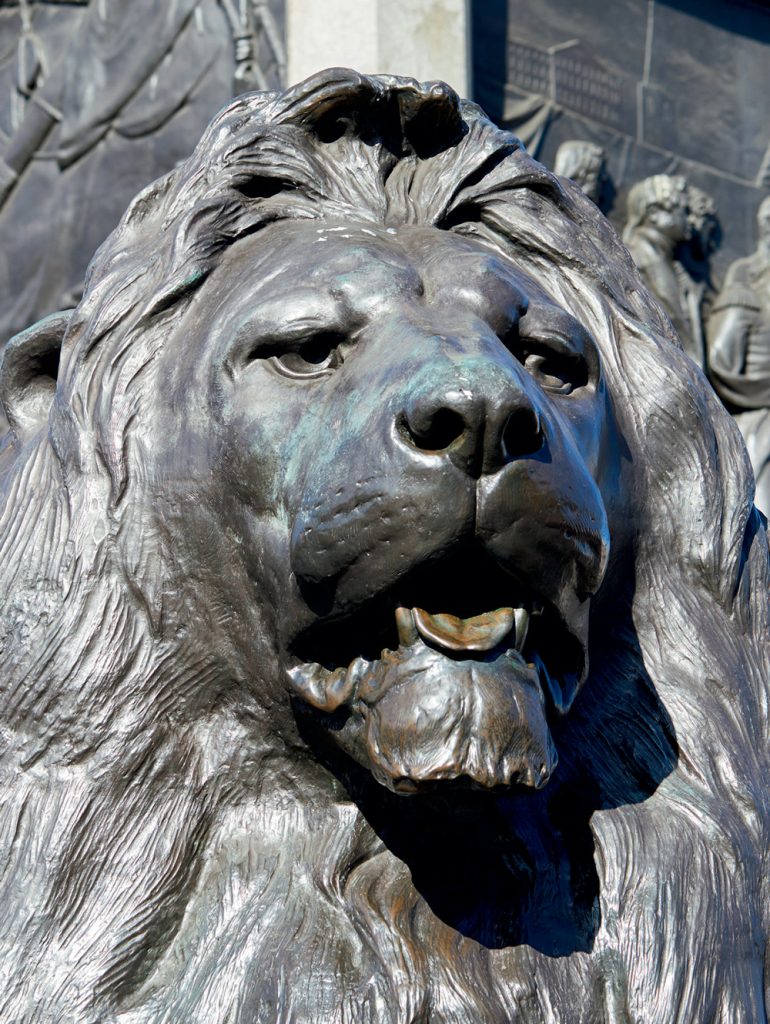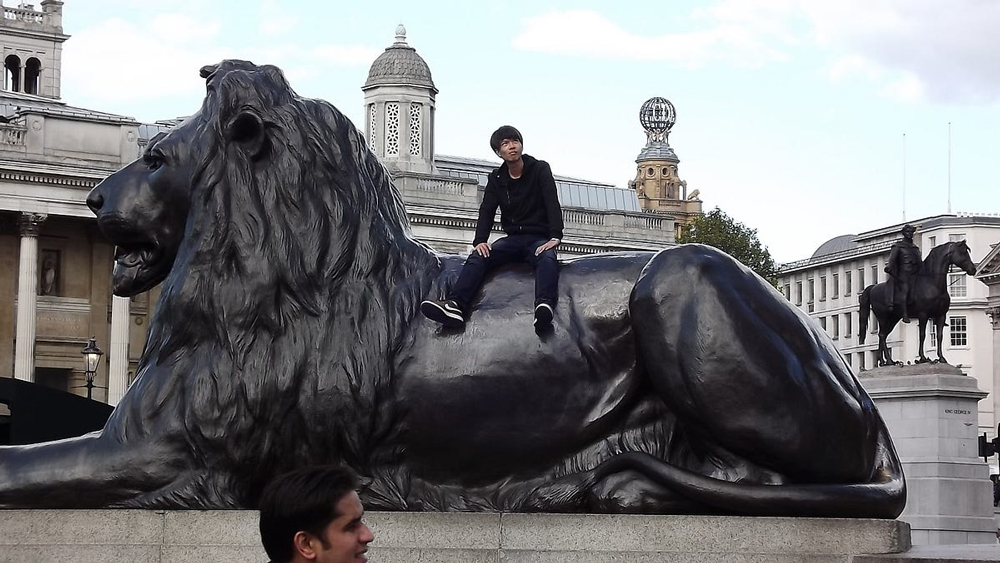Introduction

Trafalgar Square is one of the most famous public squares in London, located in the heart of the British capital. There are many eye-catching sculptures and monuments on the square, among which the most prominent ones are the four lion statues. These Trafalgar Square lion are known for their grandeur and majesty. They are not only landmarks of London, but also symbols of British history and culture. This article will provide an in-depth introduction to the lion statue on Trafalgar Square, including its historical origins, artistic value, and position in British culture.
Trafalgar Square: Intersection of History and Culture
The History of the Square

Trafalgar Square is located in central London, adjacent to the National Gallery and other important cultural institutions. The name of the square comes from the Battle of Trafalgar in 1805, which made the British Navy one of the strongest in the world. The construction of the square began in the early 19th century, becoming a place to commemorate the Royal Navy and a gathering place for citizens.
Statues of four male lions
The four lion statues on Trafalgar Square are considered one of the iconic elements of the square. These huge stone statues are located on the pedestal of the commemorative column in the square, and each lion has different expressions and postures, such as anger, majesty, vigilance, and tranquility. The production of these statues began in the 1840s and was finally completed in 1867.
Artistic value and details

The lion statue on Trafalgar Square has outstanding artistic value, and the following are some notable features:
Huge scale: Each male lion statue is about 20 feet tall, 18 feet long, and weighs 25 tons, leaving a deep impression of their grandeur and grandeur.
Exquisite craftsmanship: The production process of these statues is full of challenges, and sculptors must carve huge stones into the shape of lions, showcasing rich details such as the texture of fur and the lines of muscles on the sculptures.
Symbolic Theme: Each lion represents a different theme, such as “Angry Lion” symbolizing war, and “Peaceful Lion” symbolizing peace. These symbols enhance the cultural significance of the statue.
Symbols of British culture
The lion statue on Trafalgar Square plays an important symbolic role in British culture:
The Power and Glory of Britain: These lion statues represent a symbol of Britain as a powerful nation, especially after the victory of the Battle of Trafalgar, where they emphasized the power of the British Navy and the glory of the country.
Commemoration and Memory: The square itself is a commemoration of the important victories of the British Navy in history, and these lion statues further strengthen this commemorative significance.
A gathering place for tourists and citizens: Trafalgar Square has become a gathering place for tourists and citizens, and these statues have become symbolic elements of the square, marking the center of London.

Conclusion
The lion statue on Trafalgar Square represents an important part of British history and culture. They are not only works of art, but also symbols of the glory of the British Navy, British power, and iconic elements of Trafalgar Square. These statues not only attract tourists, but also the pride of London citizens, forever engraved on the scroll of British history, witnessing the glory and memory of the country. They are an integral part of Trafalgar Square and a precious heritage of British culture.

